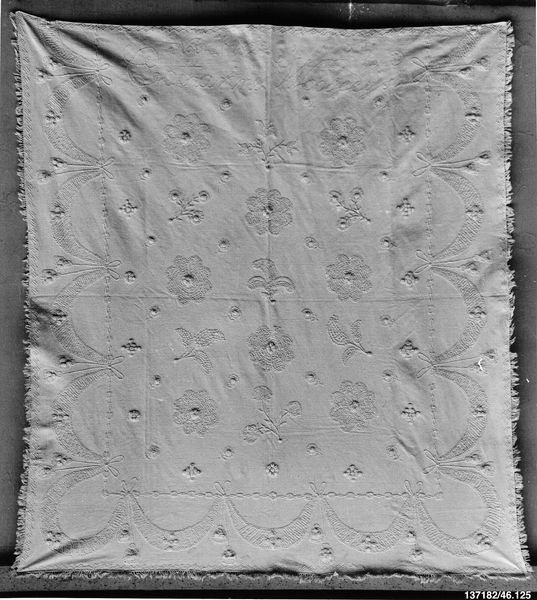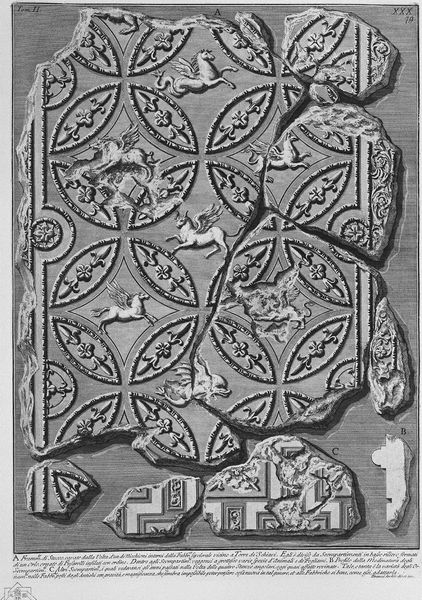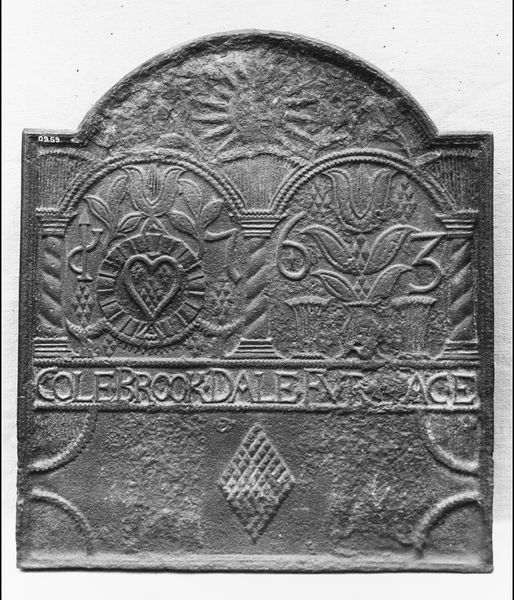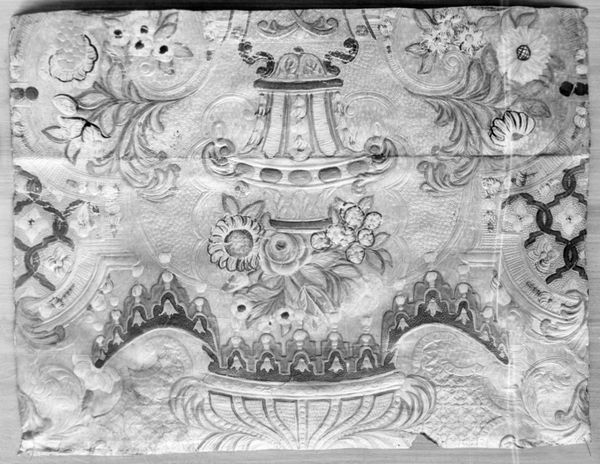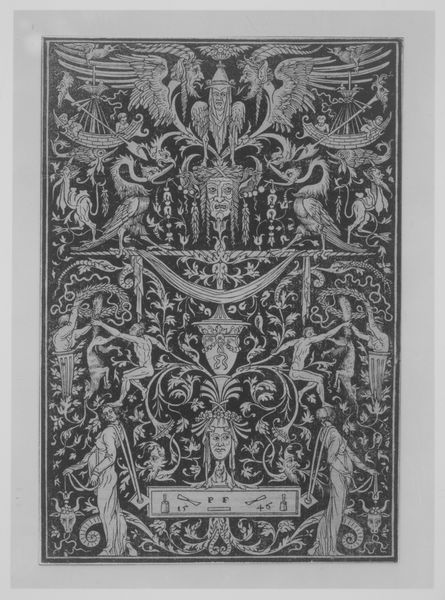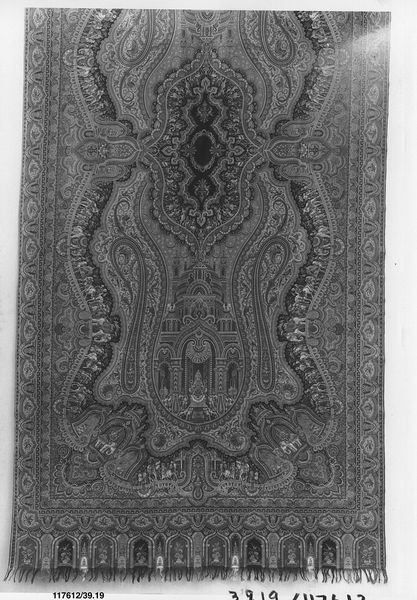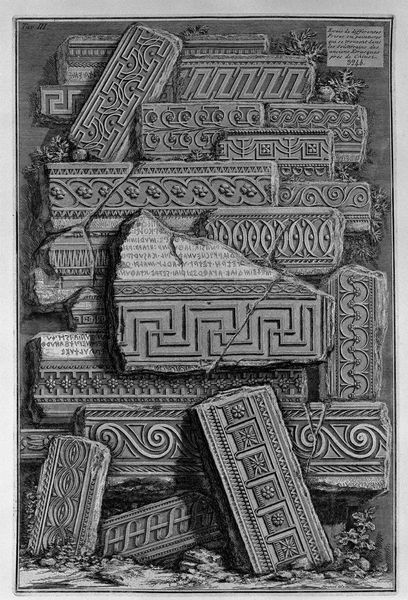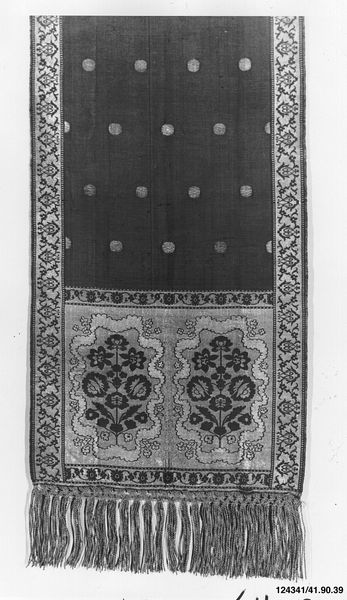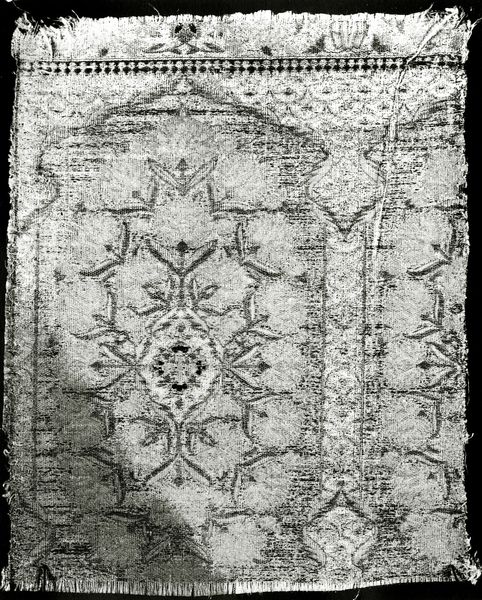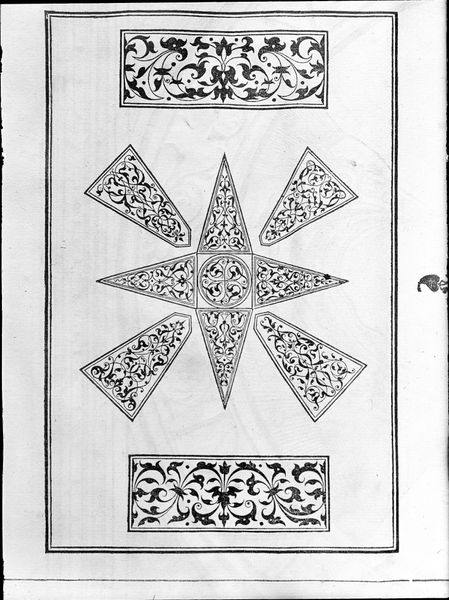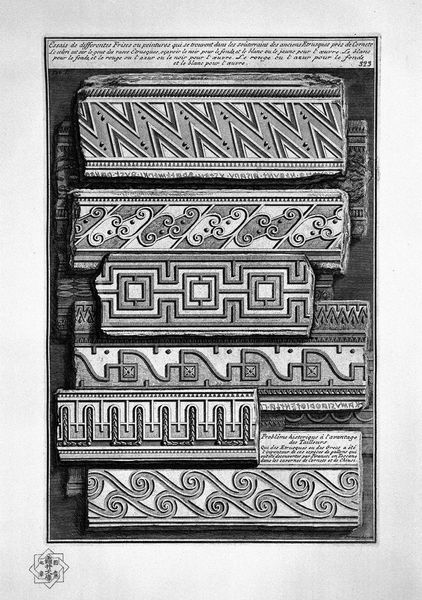
fibre-art, textile
#
fibre-art
#
textile
#
folk-art
Dimensions: Including fringe: 102 3/4 x 75 1/2 in. (261 x 191.8 cm)
Copyright: Public Domain
Curator: So, here we have the "Embroidered Whitework Coverlet," dating from 1818 to 1825. It’s a textile piece residing at the Met. What are your initial thoughts? Editor: It’s incredibly intricate! The sheer amount of detail and labor involved is astonishing. The color creates an aura of calmness, maybe a subtle melancholy. It makes me wonder what life was like when it was made. How do you interpret this work in its historical context? Curator: That's a great starting point. Consider this: handmade textiles, particularly those showcasing refined skills, were often a vital form of expression, and, dare I say it, resistance, for women. Needlework provided one of few socially acceptable avenues to display creativity and skill at a time where women were expected to focus on the domestic. Does the symbolism present perhaps reveal stories? Is it a celebration of family or resistance to imposed idleness? Editor: The floral and bird motifs… those feel pretty traditional. Does their meaning evolve when considered within that limited scope of female agency? Curator: Precisely! Think about it. The act of choosing those designs, meticulously stitching them... each flower, each bird becomes more than just decoration. Could it represent a secret language reflecting hopes, dreams, and a yearning for a different reality beyond their domestic roles? Do you notice anything unique about the structure? Editor: Yes! How the central star feels both traditional, like a quilt pattern, and almost… geometric, modern? Does it symbolize aspirations outside tradition? Curator: It could. The placement and prominence given elevates its meaning beyond simple aesthetics. The visual tension captures a woman navigating societal expectations. How fascinating is that? Editor: It is! Viewing this textile as more than decorative art but a complex form of coded communication truly shifts the experience. Curator: Absolutely. And remember, objects like these challenge the traditional hierarchy of art. They invite us to acknowledge the artistic value of the domestic, the female experience, and labor often marginalized by dominant historical narratives. I am happy that this coverlet’s whispers resonate, now!
Comments
No comments
Be the first to comment and join the conversation on the ultimate creative platform.
